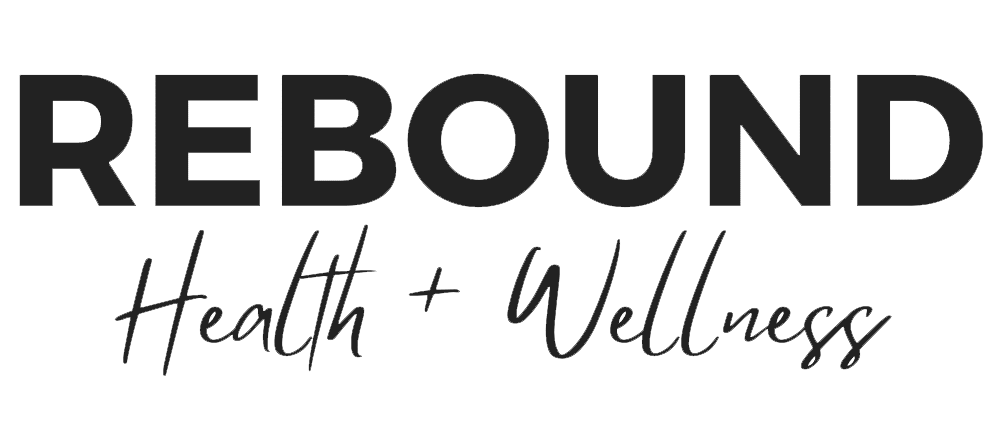What influenced your decision to become a physiotherapist?
From my childhood I was more interested in health issues and my back ground also gives me more experiences with natural medicines and traditional martial arts and their use in healing various health related problems. I was also interested in a system where there are fewer side effects. After my college studies I was trying to get into the medical field, from where I ended up in Physiotherapy, which I learned to be non-invasive and with less side effects and it also involves all population from paediatrics to geriatrics. Later when I completed my course I was more clear about my path and how I can utilize my ability for many of the health-related problems which opened up for me a door in to the world of different practice.
What are the top three most common issues you help clients address?
It is very difficult to pin point 3 common issues, because there are a lot of issues that can be made better with physiotherapy. Common issues I come across is shoulder and neck pain/stiffness, low back pain, sports injuries and neurological conditions which include stroke and Parkinson’s.
What types of conditions/injuries do you enjoy treating?
All sports injuries, neck, shoulder, back and leg pain/ injuries, Post concussion symptoms (mTBI, MVA), stroke, Parkinson’s.
What types of treatment methods/approaches do you use?
I prefer to use more manual techniques, but I use therapeutic modalities such as IFC, ultrasound to help the initial healing process, followed with more with exercises and postural corrections. I do more hands on work with most of the conditions, which gives long lasting relief and prevention of symptoms. Exercises are one of the major compounds I insist for my patients.
What is your treatment philosophy?
Understanding the condition is the first priority, because I believe that if your diagnosis is right, 90% of your treatment is done. Experience counts- with more than 15 years in this field, I have been exposed to almost all types of clinical conditions and their physiotherapy management. Understanding the root cause and eliminating it rather than beating around the bush is important. I use modalities wisely to help overcome the present situation not solely relying only on them. I rely on active approach rather than to a passive one.
What might a typical appointment with you look like?
I listen to what the client wants to say, asking questions relating to the condition, physical assessment, various orthopaedic and neurological physical testing. I then discuss the findings with the client, explain the condition- from an anatomical perspective, then I use various treatment approaches.
If you could give everyone one piece of advice this winter what would it be?
Winter is the worst time for people with arthritis, those more susceptible to fall injuries and MVAs (Motor Vehicle Accidents). Those with arthritis should not expose their joints to cold, always cover up and keep warm. If you have a fall do not hesitate to see health care provider to check that nothing is wrong, because from a small fall you may later end up with some major issues.
What can someone expect an initial appointment with you to look like?
During an initial appointment we discuss the present situation, history of the complaint, work on finding out the cause, explain the condition- making you understand how and why it happened with anatomical explanation, possible treatments and a small treatment session depending on the available time and of course a home exercises programme for you to continue the exercises at home.
What do you like to do for fun?
I love gardening in summer (grow your own) fishing, biking, GYM, cooking, spend time with my kids, watching movies with my family.

